Week of November 11, 2019 - TK and Kindergarten
Picture Book Month & Silliness with Seasonal Veggies
A stern yam corrects a grammatically-challenged donkey.
Activity Draw a yam bookmark on orange construction paper.
Week of November 11, 2019 - First Grade
Picture Book Month & Feasting Season Silliness
When a mouse is swallowed by a wolf, he learns that a duck devoured earlier has set up a table to enjoy the food the gluttonous predator eats.
Activity Rainbow food choices coloring sheet
Week of November 11, 2019 - Second Grade
Picture Book Month & National Monuments
One More Acorn, by Don Freeman
As winter nears, Earl the Squirrel searches for the acorns he stashed in the parks of Washington, D.C. Iconic author/illustrator Don Freeman began this story in 1963. His son completed it with help from an illustrator almost 50 years later.
Activity Make leaf rubbings on the reverse of the Find the Alligator coloring sheet and demonstrate how students can collect leaves at home and tape them into a leaf book for safekeeping.
Week of November 11, 2019 - Third Grade
Picture Book Month - Curriculum Connection to Mystery Fiction
A detective is hired to search the forest for a missing chameleon. Read by actor Esai Morales (8 min.)
Who Wet My Pants? by Bob Shea
It's not the crime... it's the cover-up! Reuben the bear discovers that his pants are wet and explodes in furious accusations. Readers will conclude that compassion is no accident.
Week of November 11, 2019 - Fourth Grade
Picture Book Month - Curriculum Connection to Reading Nonfiction
Albert was a peculiar baby with a big head. When he was older he hit his sister, bothered his teachers, and didn't have many friends. In the midst of all this, he was fascinated with solving puzzles and scientific problems. The ideas Albert Einstein (1879-1955) came up with during his childhood as an odd boy were destined to change what we understand about the world around us.
Video N Is a Number: a Portrait of Paul Erdos (trailer)
The Boy Who Loved Math, by Deborah Heiligman
At the age of four Paul Erdos (1913-1996) could ask you when you were born and then calculate the number of seconds you had been alive in his head. But he didn't learn to butter his own bread until he turned twenty!
Website A Magical Answer to an 80-Year-Old Puzzle. Terence Tao, now a math professor at UCLA, was a youngster when he met Erdos.
Having an Erdos Number Paul Erdos published papers with 507 coauthors. In the mathematics community those 507 people have the coveted distinction of having an Erdos number of 1, meaning that they wrote a paper with Erdos himself. Someone who published a paper with one of his coauthors is said to have an Erdos number of 2, and an Erdos number of 3 means that someone wrote a paper with someone who wrote a paper with someone who worked with Erdos. Albert Einstein’s Erdos number was 2. The highest known Erdos number is 15; this excludes non mathematicians, who all have an Erdos number of infinity.
Website Paul Erdos International Math Challenge
At Home Activity Tessellation art with worksheet and video demonstration.
Week of November 11, 2019 - Fifth Grade
Picture Book Month & Response to Literature
A cautionary tale for troublesome children comically turns the tables to target inept parents instead.
Video Schooled book trailer
Schooled, by Gordon Korman
Although he knows a lot about Zen Buddhism, nothing has prepared home schooled Capricorn Anderson for an A-list bully, a popular girl, and middle school politics. The shifting points of view capture a pitch-perfect "fish out of water" story.
Activity Journal responses to writing prompts about Schooled will be written in cursive. Why Writing by Hand Could Make You Smarter, by William R. Klemm, Ph.D., Psychology Today, posted March 14, 2013

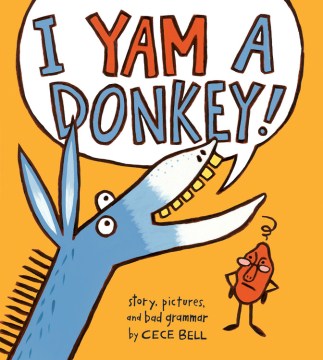



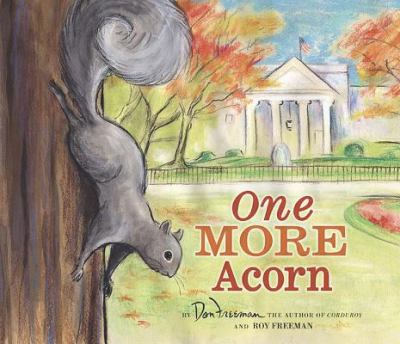




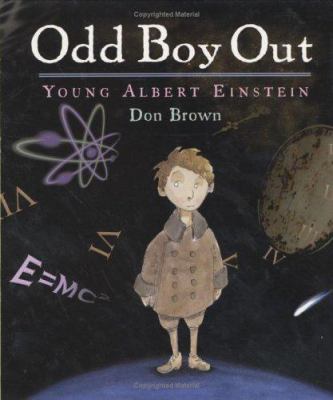





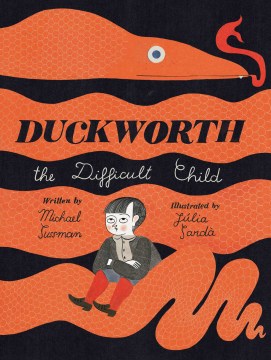

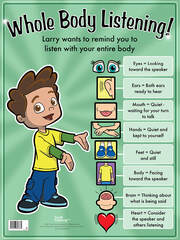
 RSS Feed
RSS Feed